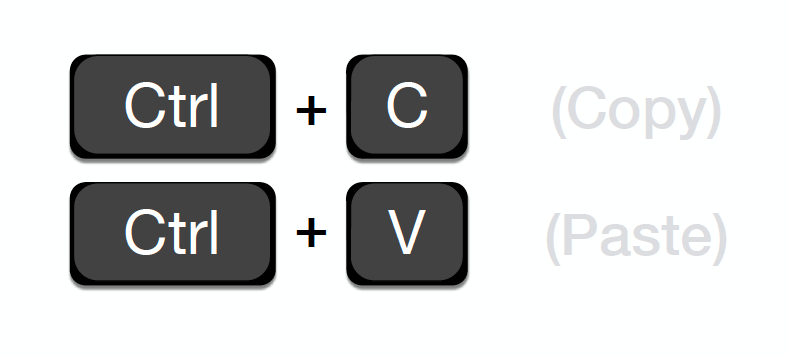class: center, middle, title-slide # Workshop on reproducible science: Motivations ### Olivier Gimenez ### last updated: 2021-02-27 --- class: inverse, center, middle # The problems --- <iframe width="1200" height="500" src="https://www.youtube.com/embed/s3JldKoA0zw" frameborder="0" allow="accelerometer; autoplay; encrypted-media; gyroscope; picture-in-picture" allowfullscreen></iframe> Credit: [Ignasi Bartomeus, PhD](https://bartomeuslab.com/) --- <center> <img src="assets/img/phd031214s.png" width="400px" /> </center> --- class: inverse, center, middle # Why reproducible science? --- <center> <img src="assets/natureCapture.png" width="800px" /> </center> --- <center> <img src="assets/leMonde_science.png" width="1100px" /> </center> --- class: inverse, center, middle # What? --- <center> <img src="assets/definitions.jpg" width="900px" /> </center> --- class: inverse, center, middle # Benefits? --- # Among other advantages * Forces you to double-check your stuff (you share data and code) * Your future-self will thank you (repeat analyses, write papers) * By being reproducible, you build up your credibility and reputation * Reproducibility favors trust in the scientific endeavour * Faster scientific progress --- <center> <img src="img/time-saving.png" width="850px" /> </center> --- class: inverse, center, middle # How? --- ## How can you reproduce results? .center[] --- ## What do we need to make research reproducible? - Data in some coherent format - Programming language (R, Python) - Text, figures and code in same environment (litterate programming) - Continuous and transparent editions and updates (version control) --- ## This workshop * Motivations (these slides) * Manipulating data in the `tidyverse` * Visualising data in the `tidyverse` * Writing dynamic and reproducible documents with `R Markdown` * Versioning with `Git` and `GitHub` in `RStudio` * Take-home messages --- ## Further reading * Alston & Rick (2021). [A Beginner's Guide to Conducting Reproducible Research](https://doi.org/10.1002/bes2.1801 ). Bull Ecol Soc Am. * Baker (2016). [1,500 scientists lift the lid on reproducibility](https://www.nature.com/news/1-500-scientists-lift-the-lid-on-reproducibility-1.19970). Nature. 533:452-4. * Lowndes et al. (2017). [Our path to better science in less time using open data science tools](https://doi.org/10.1038/s41559-017-0160). Nat Ecol Evol 1:0160. * Wilson et al. (2017).[ Good enough practices in scientific computing](https://doi.org/10.1371/journal.pcbi.1005510). PLoS Comput Biol 13(6): e1005510. * Markowetz (2015). [Five selfish reasons to work reproducibly](https://doi.org/10.1186/s13059-015-0850-7). Genome Biol 16: 274. * BES Guides to Better Science: [Reproducible Code](https://www.britishecologicalsociety.org/wp-content/uploads/2019/06/BES-Guide-Reproducible-Code-2019.pdf). * Casajus, Dray, Gimenez, Guéry, Guilhaumon & Schiettekatte (2020). [Formation FRB CESAB / GDR ECOSTAT : Bonnes pratiques pour une recherche reproductible en écologie numérique](https://github.com/FRBCesab/datatoolbox/tree/2020)